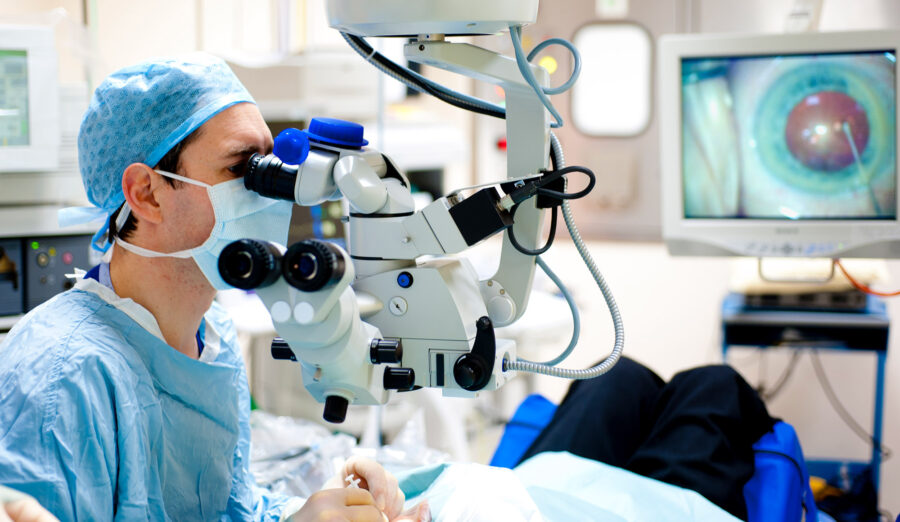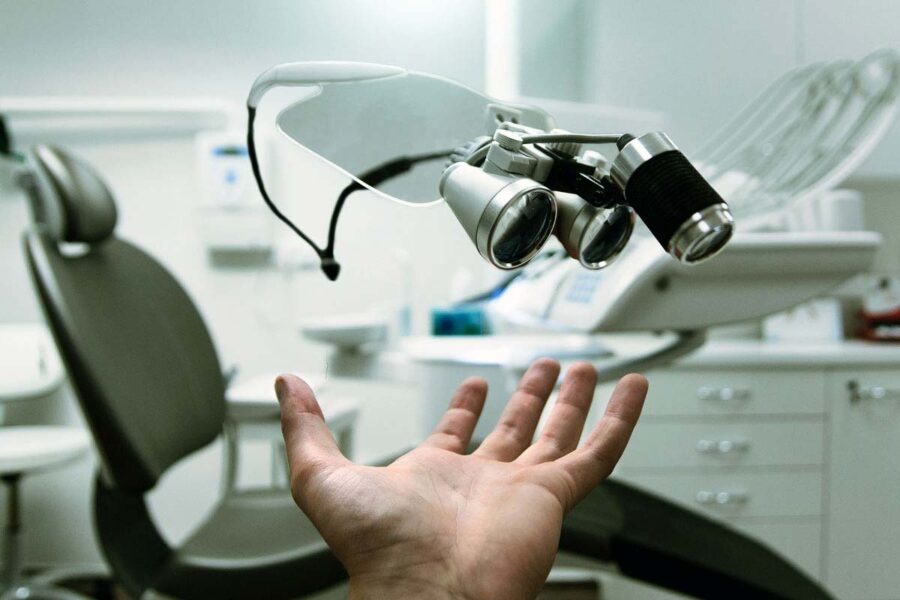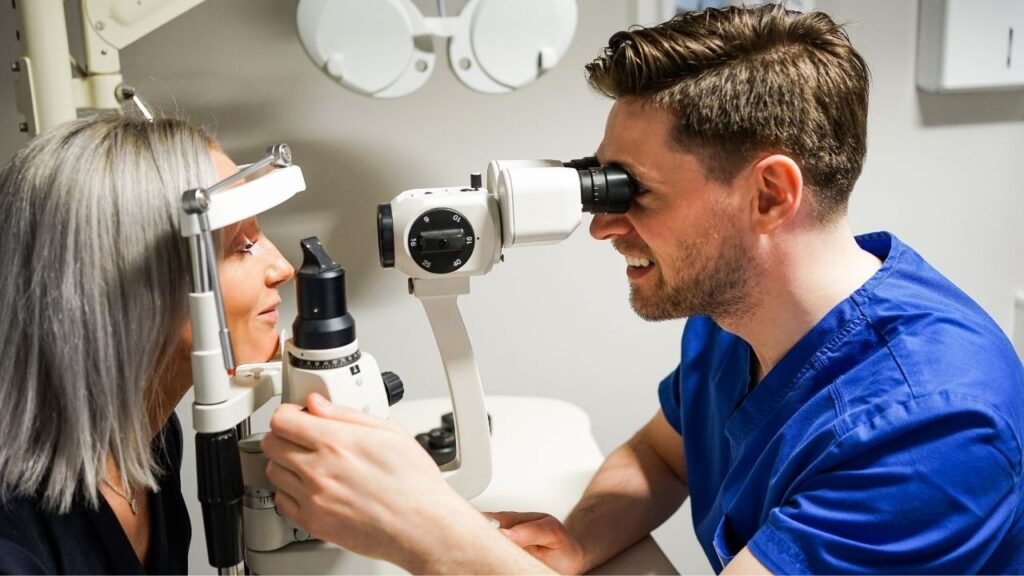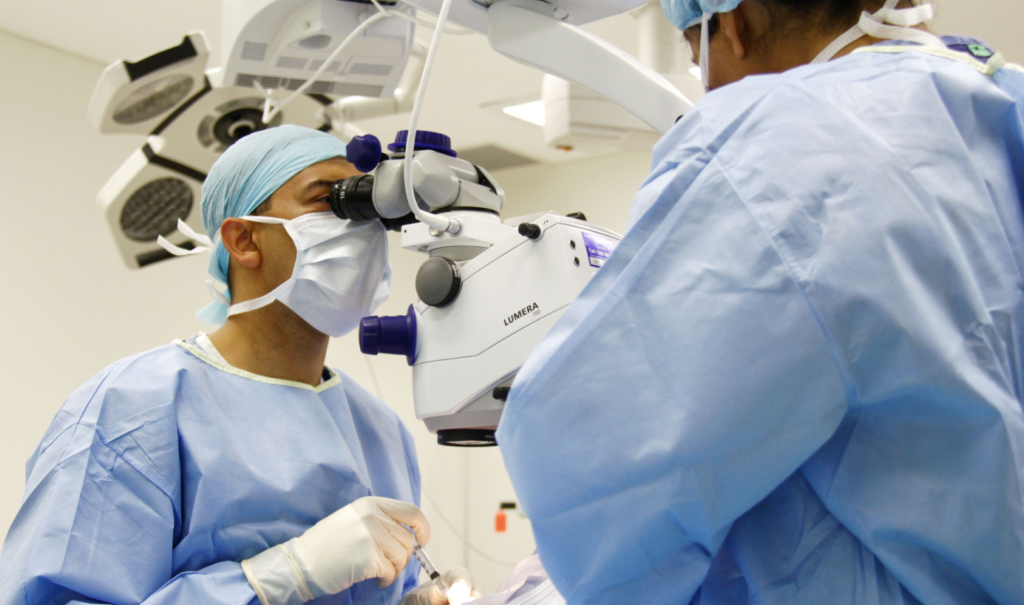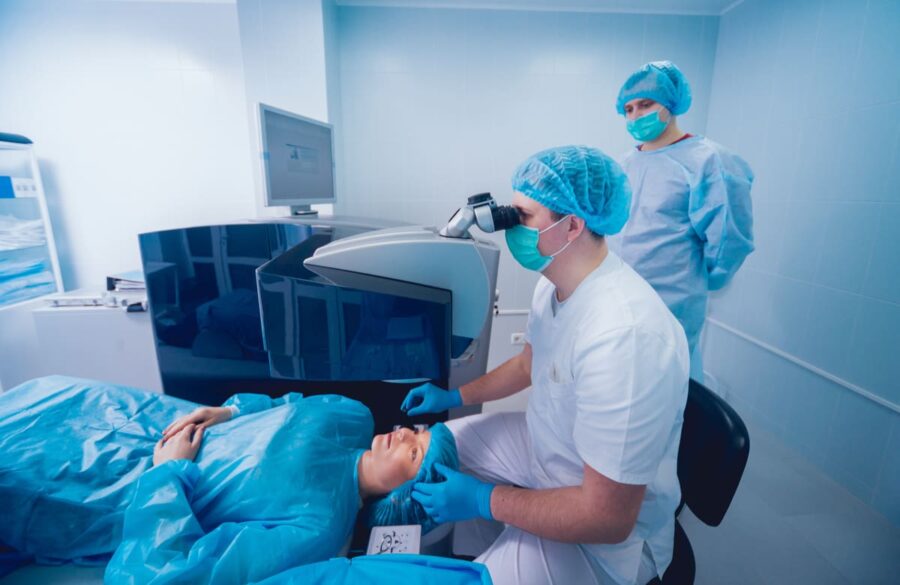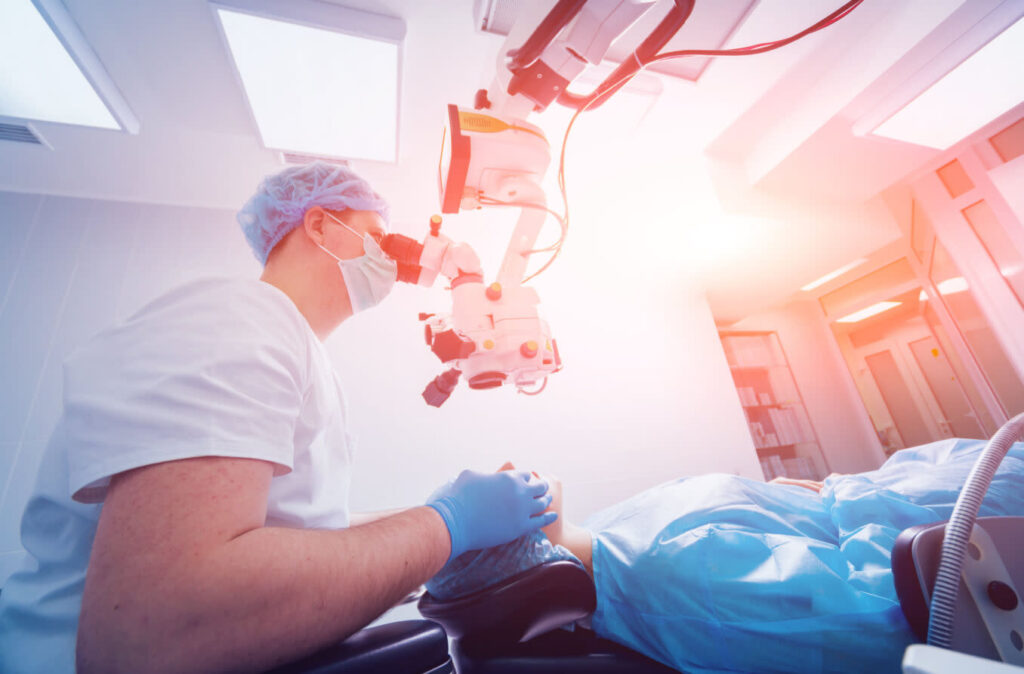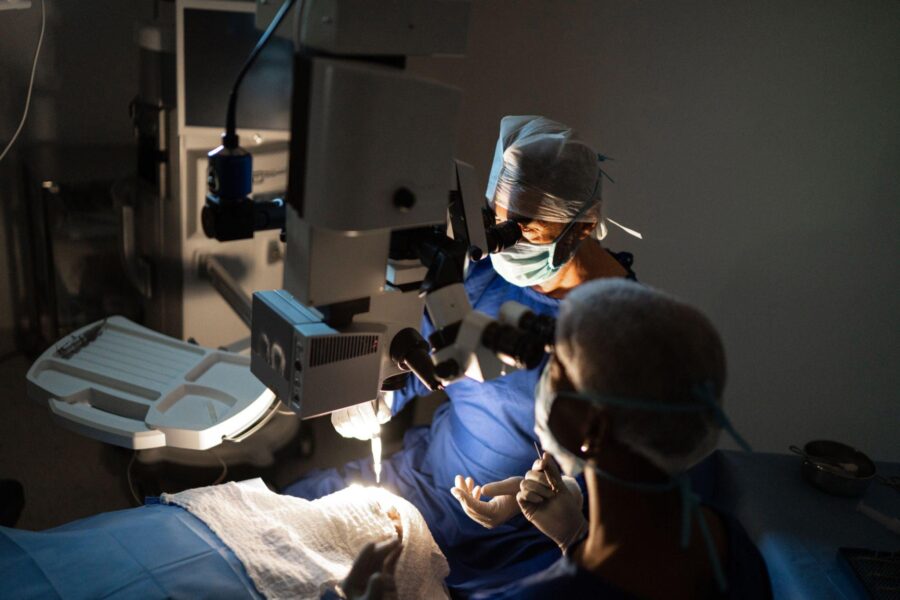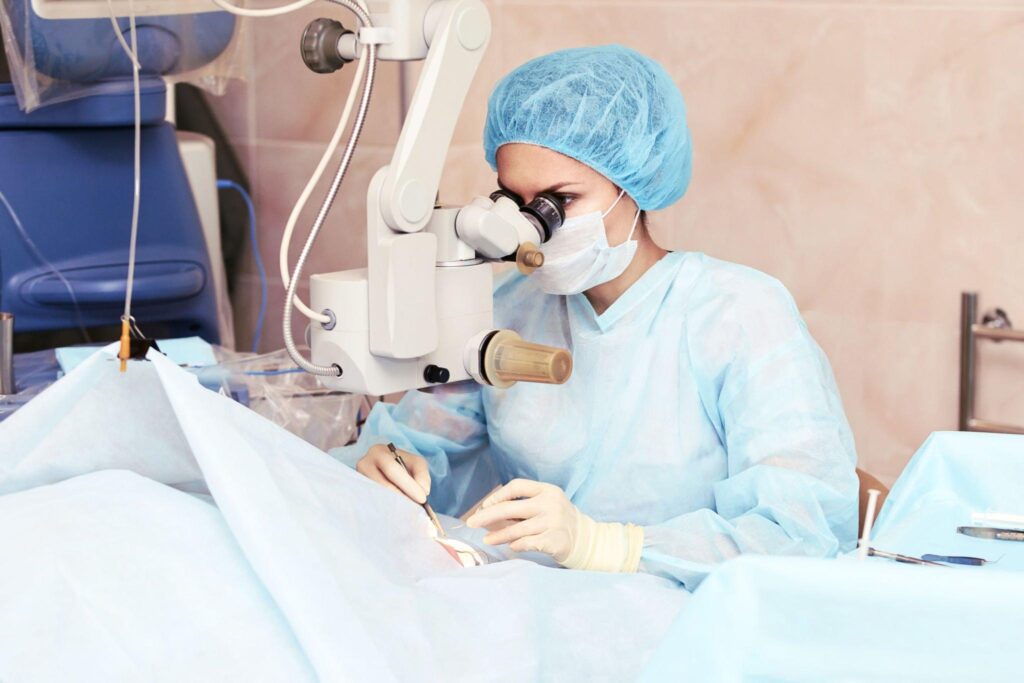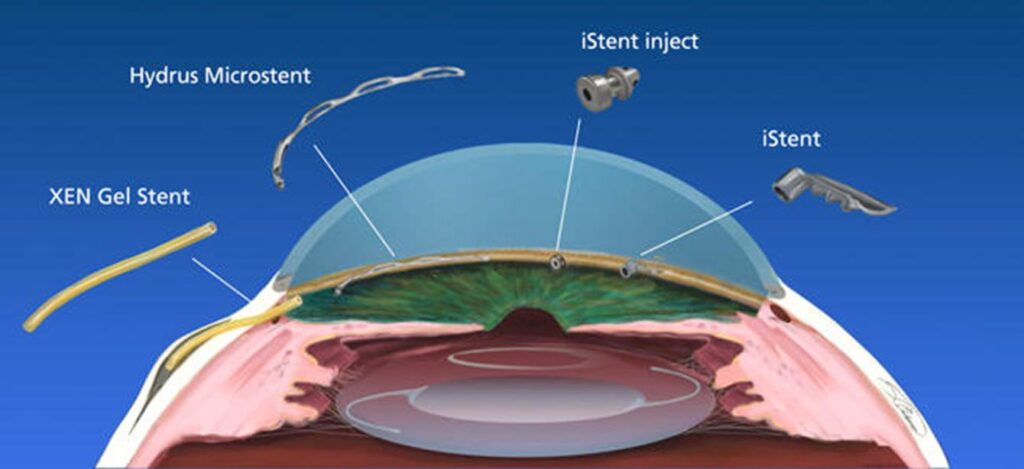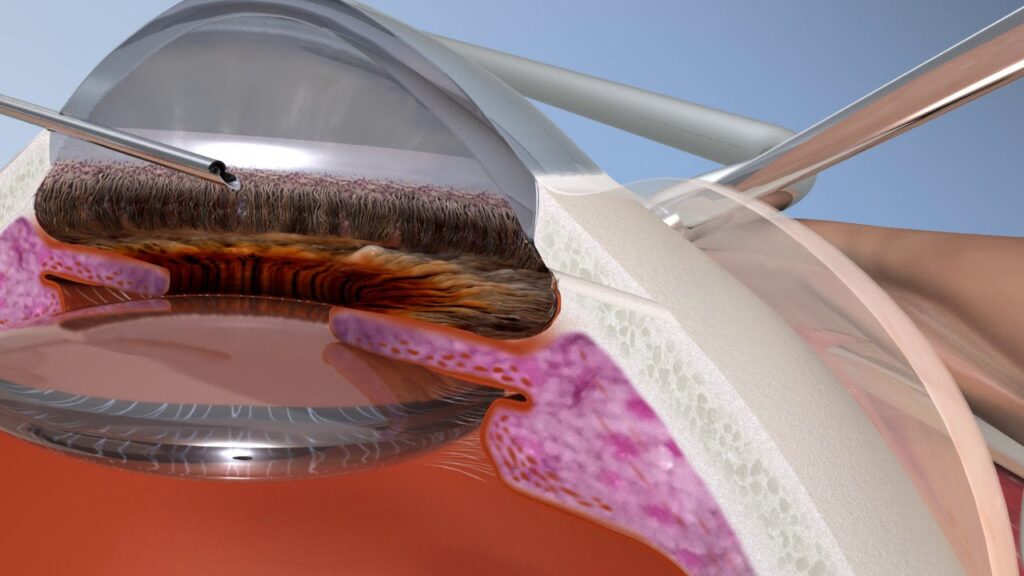Finding the best retinal specialist is crucial for maintaining your eye health. Your retina is a vital part of your eye, responsible for receiving and processing visual information. Therefore, it is essential to prioritize its care. This article aims to guide you in your search for the most suitable retinal specialist.
Understanding the Role of a Retinal Specialist
A retinal specialist is a medical professional who specializes in diagnosing and treating conditions affecting the retina. They play a crucial role in preserving and improving retinal health. The retina is a complex tissue that can develop various diseases and conditions, such as macular degeneration, diabetic retinopathy, and retinal detachments. A retinal specialist has the expertise and knowledge necessary to provide specialized care for these issues.
The Importance of Retinal Health
Your retina is responsible for converting light into neural signals that are then sent to your brain, allowing you to see. Therefore, maintaining the health and function of your retina is vital for clear vision. Unaddressed retinal conditions can lead to vision loss or even blindness. Regular check-ups with a retinal specialist can help detect early signs of any problems, ensuring prompt treatment and preventing further complications.
It is essential to understand that the retina is a delicate and intricate part of the eye. Made up of layers of specialized cells, the retina is responsible for capturing light and converting it into electrical signals that the brain interprets as images. Any damage or abnormalities in the retina can disrupt this process, leading to vision problems. This is where the expertise of a retinal specialist becomes invaluable, as they are specifically trained to identify and address these issues to preserve your eyesight.
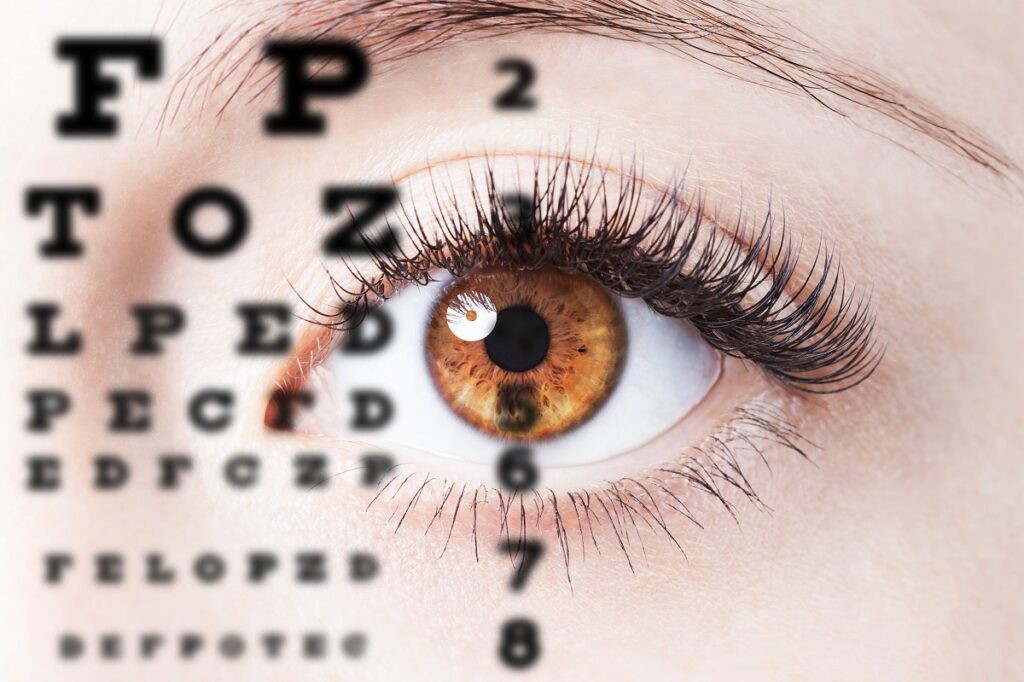
What Does a Retinal Specialist Do?
A retinal specialist is trained to evaluate, diagnose, and treat retinal diseases and conditions. They utilize advanced diagnostic technologies, such as optical coherence tomography (OCT) and fundus photography, to assess the health of your retina. Based on their findings, they can recommend appropriate treatments, including medications, injections, laser therapy, or surgical interventions.
Furthermore, a retinal specialist works closely with other healthcare professionals, such as ophthalmologists and optometrists, to provide comprehensive eye care. They collaborate to ensure that patients receive the most effective and personalized treatment plans for their specific retinal issues. This multidisciplinary approach allows for a holistic view of the patient’s eye health and enables the retinal specialist to tailor treatments to meet individual needs and preferences.
Identifying Your Eye Care Needs
Before embarking on your search for a retinal specialist, it is essential to understand your specific eye care needs. Some individuals may have pre-existing retinal conditions, while others may be seeking preventive care. Assessing your requirements will help you find a specialist who aligns with your needs.
Understanding the intricacies of your eye health is crucial in ensuring you receive the best possible care. It’s important to consider not only your current eye condition but also any potential risk factors that could impact your vision in the future. By taking a proactive approach to your eye care needs, you can work towards maintaining optimal eye health for years to come.
Common Retinal Conditions and Diseases
Retinal specialists are well-versed in managing various retinal conditions and diseases. These can include, but are not limited to, age-related macular degeneration (AMD), diabetic retinopathy, retinal tears, retinal detachments, macular holes, and macular pucker. Understanding the condition you or your loved one has will enable you to find a specialist experienced in treating that specific issue.
Each retinal condition presents its own set of challenges and treatment options. For example, age-related macular degeneration (AMD) is a leading cause of vision loss in older adults, affecting the central part of the retina. On the other hand, diabetic retinopathy is a complication of diabetes that can lead to blindness if left untreated. By familiarizing yourself with these conditions, you can better grasp the importance of seeking specialized care from a retinal specialist.
When to Seek a Specialist
While regular eye exams with an optometrist or ophthalmologist are essential, there are certain signs and symptoms indicating the need for a retinal specialist. If you experience sudden or gradual changes in your vision, such as blurred vision, floaters, or flashes of light, it is crucial to seek specialized care promptly. Additionally, individuals with risk factors for retinal conditions, such as diabetes or a family history of retinal diseases, should consider regular visits to a retinal specialist.
Timely intervention is key when it comes to preserving your vision. Recognizing the warning signs of potential retinal issues and acting swiftly can make a significant difference in the outcome of your eye health. By prioritizing regular check-ups and promptly addressing any changes in your vision, you can take proactive steps towards maintaining optimal eye health and preventing potential complications down the line. Learn more about maintaining optimal eye health at https://www.nei.nih.gov/learn-about-eye-health/healthy-vision/keep-your-eyes-healthy
Criteria for Choosing a Retinal Specialist
After identifying your eye care needs, it is time to choose a retinal specialist. Make sure to consider the following criteria to ensure you find the best practitioner for your eye care:
Qualifications and Experience
When it comes to your precious eyesight, you want to put your trust in a retinal specialist who is not only highly qualified but also has extensive experience in diagnosing and treating retinal conditions. Look for a specialist who is board-certified, as this ensures that they have undergone rigorous training and have demonstrated competence in the field. Board certification is a mark of excellence, assuring you that you are in capable hands.
But qualifications alone are not enough. It is equally important to consider the specialist’s experience with procedures and treatments specific to your condition. Different retinal conditions may require different approaches, and you want to ensure that your specialist has the necessary expertise to provide you with the best possible care. Take the time to research their background and read patient testimonials, as these can provide valuable insights into their expertise and patient outcomes.
Reputation and Reviews
While qualifications and experience are crucial, it is also essential to consider the retinal specialist’s reputation. One way to gauge their reputation is by checking online reviews and testimonials from previous patients. Positive reviews and high patient satisfaction ratings are indicators of the quality of care provided. Reading about other patients’ experiences can give you a sense of the specialist’s approach, bedside manner, and overall patient satisfaction.
In addition to online reviews, seeking recommendations from your primary eye care provider or trusted friends and family who may have experience with retinal specialists can be invaluable. Personal recommendations can provide you with a firsthand account of the specialist’s abilities and the level of care you can expect.
Accessibility and Availability
When it comes to receiving the care you need, accessibility and availability play a crucial role. Consider the location of the retinal specialist’s practice. Opting for a specialist who is conveniently located can make attending appointments easier, especially if you require frequent visits. The last thing you want is to add unnecessary stress and inconvenience to your already busy life.
Furthermore, ensure that the retinal specialist’s appointment availability aligns with your schedule. Time is of the essence when it comes to addressing retinal conditions, and any potential delays in receiving necessary care can have serious consequences. Finding a specialist who can accommodate your schedule and provide prompt attention to your needs is essential.
Preparing for Your First Appointment
Once you have chosen a retinal specialist, it’s essential to be prepared for your first visit. Having an understanding of what to expect and being equipped with relevant questions will help make the most of your appointment. It’s important to arrive at your appointment well-rested and with any relevant medical records or documentation that may assist the specialist in understanding your medical history.
Upon entering the retinal specialist’s office, you may be greeted by a friendly receptionist who will guide you through the check-in process. The waiting area is typically designed to provide a comfortable and calming environment for patients, with soothing decor and possibly educational materials about retinal health. To read more about comfortable and calming environment click here.
What to Expect During the Visit
During your initial appointment, the retinal specialist will conduct a comprehensive evaluation of your retinal health. This evaluation may involve dilating your pupils to obtain a clear view of your retina and performing various diagnostic tests. The specialist may use advanced imaging technology to capture detailed images of your retina, allowing for a thorough assessment of any abnormalities or concerns.
After the examination, the specialist will take the time to explain their findings in a clear and understandable manner. They will discuss your specific diagnosis, the implications of the diagnosis on your vision and overall health, as well as the recommended course of treatment moving forward.

Questions to Ask Your Specialist
To ensure clarity and peace of mind, prepare a list of questions to ask your retinal specialist. Some possible questions may include:
- What is my specific diagnosis, and what does it entail?
- What are the available treatment options for my condition?
- How effective are these treatments, and what are the potential risks and benefits?
- What lifestyle modifications, if any, can I adopt to improve my retinal health?
- What is the long-term outlook for my condition?
Remember, your retinal specialist is there to help you navigate your eye health journey, so don’t hesitate to ask any questions or seek clarification on any aspect of your diagnosis or treatment plan.
Maintaining Your Retinal Health
Once you have received a diagnosis and treatment plan from your retinal specialist, it is crucial to prioritize ongoing care and maintenance of your retinal health. Taking proactive steps to preserve your vision is key to ensuring a high quality of life and visual acuity.
Understanding the intricacies of retinal health can empower you to make informed decisions regarding your eye care. The retina, a thin layer of tissue located at the back of the eye, plays a vital role in converting light into neural signals that are interpreted by the brain, allowing you to see. By appreciating the complexity of this process, you can better comprehend the importance of safeguarding your retinal health.
Regular Check-ups and Follow-ups
Commit to regular follow-up visits with your retinal specialist as advised. Regular monitoring allows for the identification of any changes or progression of your condition, enabling timely intervention. Even if you are not experiencing any symptoms, routine check-ups are essential for preventive care and maintaining optimal retinal health.
During these follow-up appointments, your retinal specialist may perform a variety of tests to assess the health of your retina, such as optical coherence tomography (OCT) to capture detailed images of the retina’s layers or fluorescein angiography to evaluate blood flow. These diagnostic tools provide valuable insights that guide your specialist in tailoring your treatment plan for maximum effectiveness.
Lifestyle Changes for Better Eye Health
In addition to medical interventions, certain lifestyle changes can support your retinal health. These changes include maintaining a healthy diet rich in fruits, vegetables, and omega-3 fatty acids, quitting smoking, protecting your eyes from harmful UV rays with sunglasses, and managing any underlying health conditions like diabetes.
Incorporating regular exercise into your routine can also benefit your retinal health by promoting proper blood circulation and oxygen delivery to the eyes. Physical activity has been linked to a reduced risk of eye diseases such as age-related macular degeneration, emphasizing the holistic approach to maintaining healthy vision.


